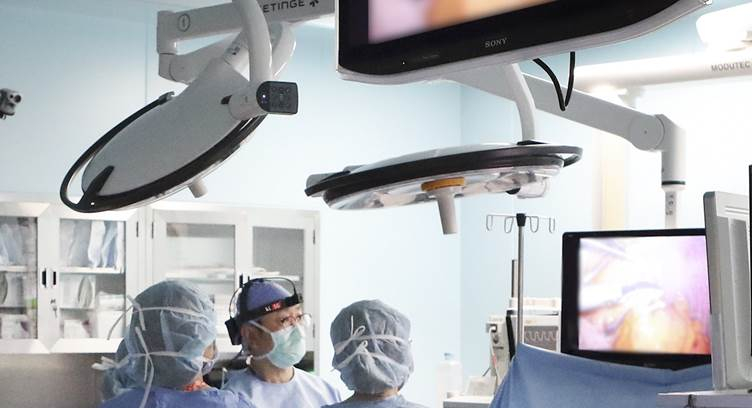KT and the Samsung Medical Center (SMC) announced last week that they have jointly developed an innovative, 5G-powered medical service as an initial step to establishing a 5G smart hospital.
For the pilot project, KT built an enterprise-dedicated 5G network at the SMC. The two partners have been applying 5G on site to create better medical services via the following methods;
Access to Digital Data and Video Footage
The 5G-powered digital pathological analysis conducted by SMC is a world-first example of innovation using 5G technology for on-site medical procedures. In diagnostic pathology practiced up to now at one of Korea's biggest hospitals, tissues taken from the patient during surgery were treated for analysis and sent to pathologists in an adjacent room.
Surgery Education Away from the Operating Room
Operating rooms are too crowded with surgeons, nurses and medical equipment for medical students to observe closely. Resolving the hurdle to effective teaching, KT has developed a 5G-assisted education program in cooperation with the Samsung Medical Center. The program enables surgeons in operating room to teach a large group of medical trainees in a separate lecture room, using sync cams on the 5G network.
Robots for Operating Room Assistance; AI for In-Patient Care
A delivery robot developed for operating rooms can remove contaminated materials and other medical waste for disposal. The autonomous robot can also bring in surgery supplies. Robots for operating room assistance will reduce secondary and tertiary infection which occurs through contact with medical waste and save human resource costs in waste disposal.
5G-Powered Smart Hospital
Smart Care Giver is an innovative AI-assisted system of in-patient care. It provides AI services on KT's GiGAGenie engine, enabling patients to control their hospital room with a voice command, and with their permission checking their medical condition. Hence the medical staff can respond more efficiently to patient emergencies.


















